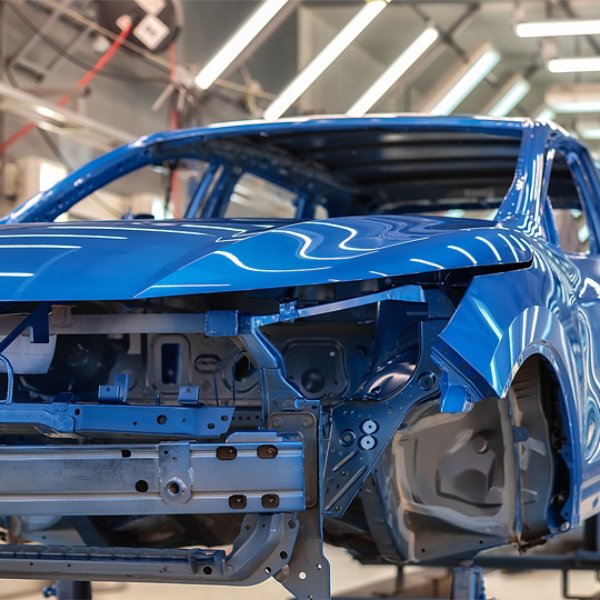By Tiago Dias Generoso
My favorite sandwich shop smells like sizzling bacon and fresh-baked bread.
The small shop hums with activity, seven days a week. People go for the classic burger that’s topped with cheese, bacon, and a fried egg.
The sandwiches are delicious, but what most impresses me is how the shop maintains such a seamless operation. Happy customers benefit from the orchestration of everything from inventory to ordering to assembly and checkout to quality control and more. It makes me think about observability in IT operations for large companies.
No matter the industry, organizations need to understand customer behaviors, preferences, high-demand periods, bottlenecks in the system and other factors that impact the bottom line. Data inputs about these factors drive business outcomes, but I see many companies still struggle with how to get the most from their data. That’s why I’m so passionate about the concept and practice of observability in IT operations.
Observability enables your team to have a clear view of your company’s technology ecosystem. It empowers tech teams to spot issues, optimize performance, cut costs, reduce carbon footprints, and foster innovation, while helping to ensure a seamless customer experience.
In an environment where CTOs must deliver business results through technology, observability becomes IT secret sauce. (Sandwich pun intended.)
Observability is more than monitoring
One of the common misperceptions about observability is that it is merely monitoring. It isn’t. Observability is about collecting data from various aspects of your system, and harnessing machine learning and AI for actionable insights about it. Observability makes monitoring contextual.






